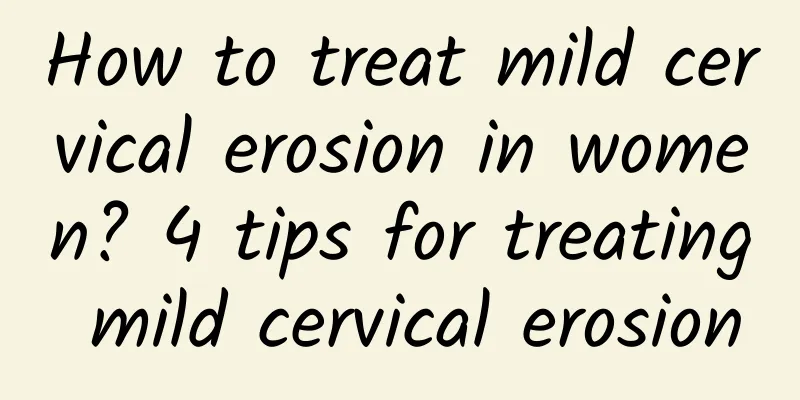How to check pathogens in chronic cervicitis

|
The pathogen detection of chronic cervicitis is mainly determined by cervical secretion testing and laboratory analysis. Chronic cervicitis is a long-term inflammation of the cervical mucosa. Common pathogens include bacteria, viruses and fungi. Identifying the pathogen is crucial for treatment. 1. Cervical smear examination: The doctor will take a small amount of secretions from the cervix, make a smear and observe it under a microscope to preliminarily determine whether there is bacterial, trichomonal or fungal infection. This method is simple and quick and is often used for preliminary screening. 2. Cervical secretion culture: Cervical secretions are inoculated into culture medium and cultured under specific conditions to observe whether bacteria, fungi or mycoplasma grow. This method is highly accurate and can determine the specific type of pathogen, but it takes a long time. 3. Special pathogen detection: For common high-risk human papillomavirus (HPV), PCR technology or nucleic acid hybridization technology can be used to detect to exclude or confirm HPV infection. HPV infection is closely related to the long-term non-healing of cervicitis and requires special attention. For the treatment of chronic cervicitis, appropriate drugs and methods should be selected according to the type of pathogen: 1. Antibiotic treatment: If bacterial infection is detected, antibiotics such as azithromycin, doxycycline or metronidazole can be used orally or topically. The course of treatment is usually 7-14 days. 2. Antifungal drugs: If fungal infection is confirmed, antifungal drugs such as fluconazole and clotrimazole can be used for local or oral treatment, and the course of treatment should be adjusted according to the condition. 3. Antiviral treatment: For HPV infection, interferon or immunomodulators, such as recombinant human interferon α2b gel, can be used for local application to enhance local immunity. During treatment, patients should pay attention to personal hygiene, avoid unclean sexual behavior, have regular checkups, and adjust treatment plans in a timely manner. The treatment of chronic cervicitis requires patience and persistence, follow the doctor's instructions, and avoid stopping medication on your own or abusing medication. Scientific pathogen inspection and targeted treatment after clarifying the cause are the key to curing chronic cervicitis. Patients should actively cooperate with standardized treatment and undergo regular checkups to achieve the best therapeutic effect. |
<<: What are the symptoms of cervical hypertrophy in women?
>>: What medicine can eliminate uterine cysts?
Recommend
Riding traces! Cycling can burn 1.5 cups of bubble tea calories
A cup of bubble milk tea has 410 calories. The Ta...
What should I do if my period does not come at 46? Is it menopause?
If menstruation does not come after 46 years, it ...
Can cervical warts be transmitted to family members through the toilet?
There are more and more people suffering from cer...
How to distinguish between physiological leucorrhea and pathological leucorrhea!
Leucorrhea is a liquid that is secreted from the ...
What causes fallopian tube tuberculosis?
What causes fallopian tube tuberculosis? Tubal tu...
Women should have charming shoulders ~ 2 tips to train shoulder lines and look better in clothes
As the weather warms up, wearing the recently pop...
What are the symptoms of hyperprolactinemia?
Hyperprolactinemia has a high probability of occu...
Can thin uterine wall cause premature ovarian failure?
Thin uterine wall does not directly cause prematu...
waste! More than 80% of people who eat out discard unfinished food
Those who always eat out for three meals a day no...
Commonly used drugs for endometrial tuberculosis
In daily life, women should pay attention to the ...
What is the reason for frequent dysmenorrhea? Is frequent dysmenorrhea related to submucosal uterine fibroids?
Dysmenorrhea refers to lower abdominal or back pa...
Western medicine treatment of secondary amenorrhea
Western medicine treatment of secondary amenorrhe...
Causes of abdominal pain after abortion
Many patients experience abdominal pain after abo...
Is it necessary for patients with cervical erosion to undergo TCT examination? Two common senses about TCT examination of female cervical erosion
Adult women should be familiar with the phenomeno...
Causes of early threatened miscarriage
Many young women are busy with work every day and...









